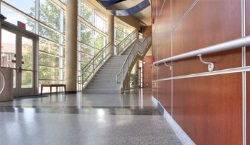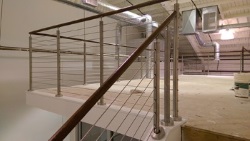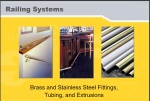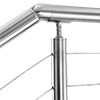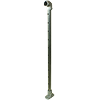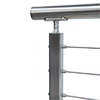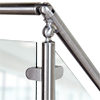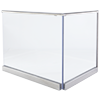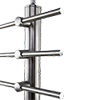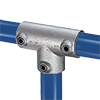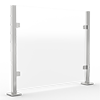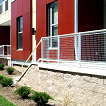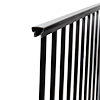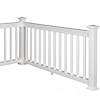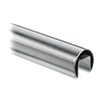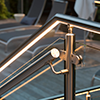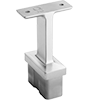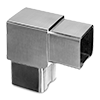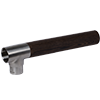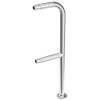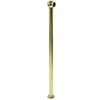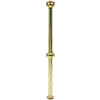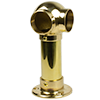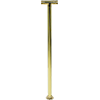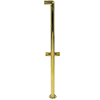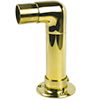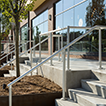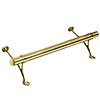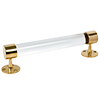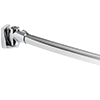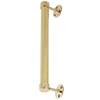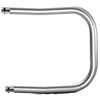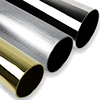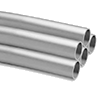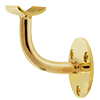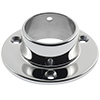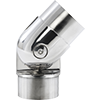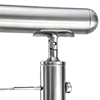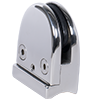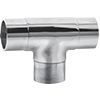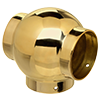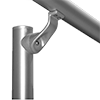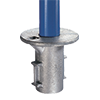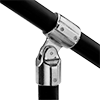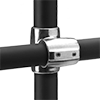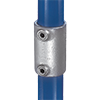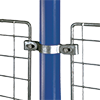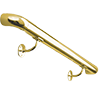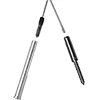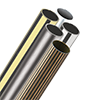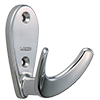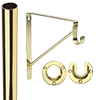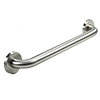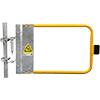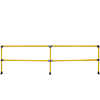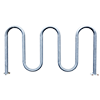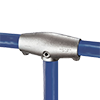CableRailFrameRequirement
Frames Need To Support The Tension Of Properly Installed Cables
If you are using cables for railing infill your frames need to be designed and built strong enough to support a load in excess of 300 lbs for each cable. This section will discuss some basic guidelines to help you properly prepare your railing frames. These guidelines apply whether you are using 1/8", 3/16" or 1/4" cable.
If you are building a wood railing frame, click to view frame requirements & details.
If you are building a steel railing frame, click to view frame requirements & details.
Frame Checklist & Important Notes
- Building codes vary by city & county; therefore, following the installation and railing design instructions detailed in this web site does not necessarily ensure code compliance in all areas. So, before starting your project be sure to consult your building department on local requirements for using and installing cable railings.
- Be sure to review all of the installation instructions and frame requirement (listed above)
- Carefully plan the location of all end and corner posts to allow for proper clearance from walls and to maximize cable run lengths.
- To ensure proper tensioning, straight runs of cable (no turns, dips or rises) should not exceed a 70 ft assembly. Cable runs that do have corner bends or dips should not exceed a 40 ft assembly and should not have more than 2 corners or bends per run.
- End and corner posts (the cable load bearing posts) must be of the recommended minimum sizes noted above
- All posts/verticals should be spaced a maximum of 3 feet apart.
- Cables should be spaced a maximum of 3 inches apart.
- All posts must be securely fastened to the cap rails and to the deck joists/structure.
- CableRail standard assemblies should never be used for lifting, hanging or other high-load applications.
- If you have any questions, please call us at 1-877-810-4116.



